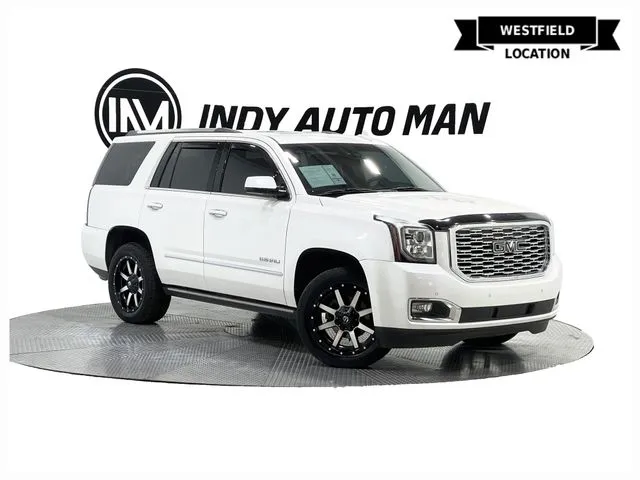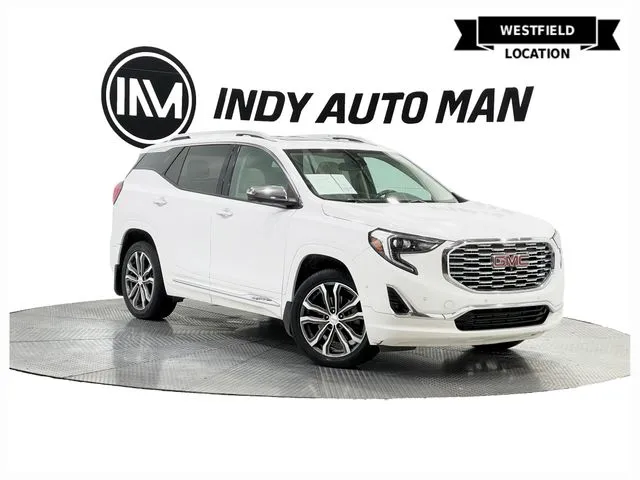Your Car Maintenance Scheduler

Car Maintenance Scheduler: When to Visit a Service Station
Indy Auto Man dealership mechanics warn that you can prevent serious problems before they occur by following a car maintenance schedule. In addition, a detailed record of maintenance history can also help increase resale value. These hands-on tips will help you keep up with your car service scheduler and prolong your its life.
What Is a Typical Maintenance Schedule for a Car?
Basic car maintenanceMany manufacturers use the 30-60-90 schedule, meaning that certain car parts must be checked at 30,000, 60,000, and 90,000 miles. Some items, such as wiper blades, rubber gaskets, and tires, will wear irregularly – you need to check them periodically. Other parts require a stable maintenance schedule.
Experts recommend signing up for the CARFAX maintenance scheduler and conveniently checking service records using CARFAX.
Regular maintenance
Oil filters and oil must be changed regularly, as while the engine is running, tiny particles of metal, dirt, and carbon get into the oil and can cause excessive engine wear. The non-synthetic oil traditionally used on older car models had a rule of thumb of 3,000 miles. Today most vehicles run on synthetic oil, which can safely handle 5,000 to 9,000 miles, depending on the type.
Maintenance up to 30,000 miles
- Fuel filter. The engine runs poorly with a clogged fuel filter. Recommendations from manufacturers vary, but most fuel filters should be replaced around 28,000 miles. The best option is to schedule diagnostics to determine the condition of the fuel filter.
- Air filter. 15,000-30,000 is the optimal mileage to change a clogged air filter. If you drive on dusty roads, change the filter closer to 15,000 miles.
Maintenance up to 60,000 miles
- Battery . Battery life is measured by time not by mileage. Age, long non-use periods, and extreme temperatures affect its condition. For most car energy sources, it is four or five years, which allows driving about 35,000-50,000 miles.
- Brake fluid. The brakes work through a hydraulic system. But when the liquid in this system is contaminated with water, its boiling point drops and can turn into a compressed gas. This results in a soft brake pedal. Bleed the brake system to keep the brakes working properly, and, if necessary, change the brake fluid according to your car maintenance scheduler. Most manufacturers recommend doing this every 18,000 to 40,000 miles.
- Brake pads . Brake pads are designed to wear heavily and usually make a screeching sound when it is time to replace them. Good pads usually last up to 50,000 miles.
- Coolant. The water and antifreeze mixture flows through the radiator to cool the engine. Overheating is inevitable if it loses too much coolant, which can cause damage. Schedule a coolant change at 60,000 miles.
- Transmission fluid. A low transmission fluid level will cause shifting problems and may cause the transmission to burn out. It is vital to regularly monitor the transmission fluid, and not stick to a certain mileage mark. A healthy fluid will be pink and sweet smelling, while a replacement will be dark red or even brown with a burnt smell.
Maintenance up to 90,000 miles
Schedule car maintenance in Indianapolis- Hoses . The hoses in your vehicle contain various fluids. As rubber ages, cracks can form and problems, so check and replace them if necessary, especially when your vehicle’s mileage approaches six figures.
- Power steering fluid. Low levels of this fluid can result in hard steering or excessive noise when turning the wheel. Schedule a flush and fluid change at about 70,000 miles or when problems occur.
- Ignition system . When components of your ignition system fail, on most modern cars you will see the “check engine” light on the dashboard. Hard starting or rough running of the vehicle can signal problems.
- Timing belt . If your car has a timing belt rather than a chain, you need to mind this service. We recommend changing the belt between 70,000 and 90,000 miles, as belt failure can lead to catastrophic damage. If your car uses a timing chain, you should still have your mechanic inspect it – the links in the chain can stretch.
Please note that these steps are only guidelines, and for a more accurate maintenance schedule, please refer to your vehicle owner’s manual. Also, remember that aggressive driving tends to accelerate wear and tear.
Many costly repairs can be avoided simply by regular maintenance. Schedule your next visit to the Indy Auto Man service station in Indianapolis for regular check-ups, maintenance, or repair.










